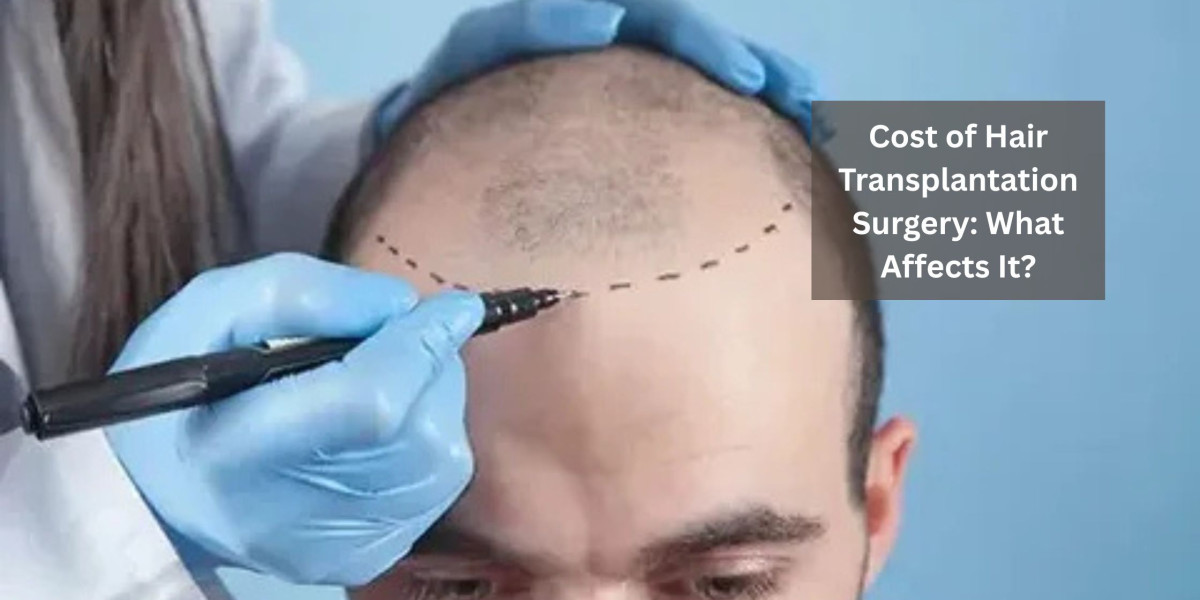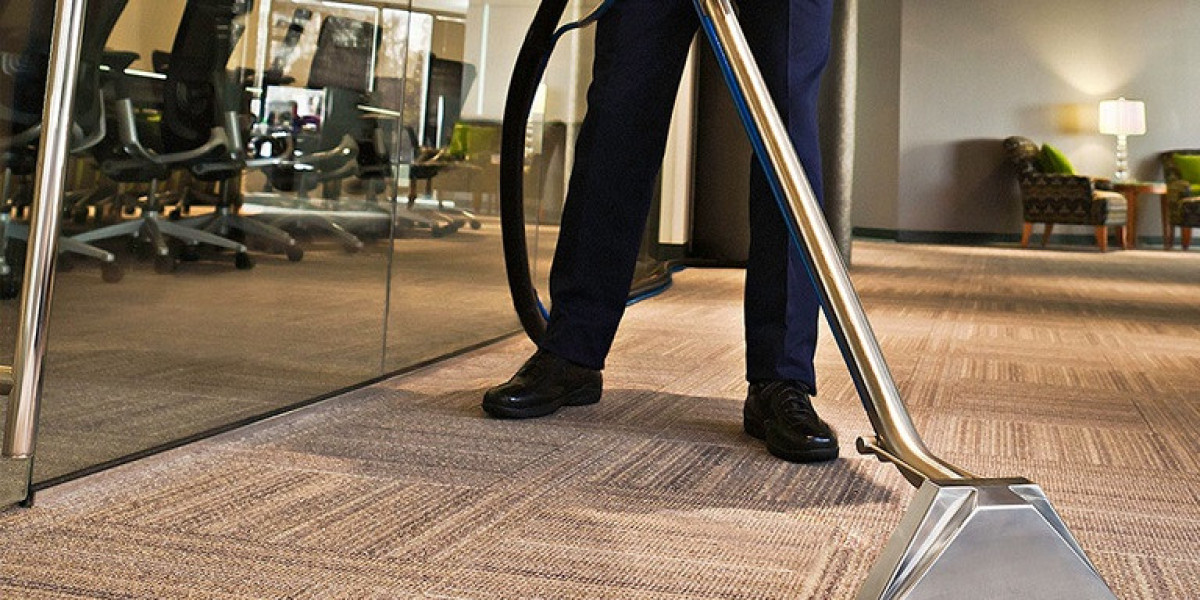Hair loss is a common concern among both men and women, and with today’s advanced techniques, hair transplant surgery has become a feasible solution. However, many individuals considering this treatment often ask: What is the true cost of hair transplantation surgery? The answer depends on several key aspects that significantly influence the overall cost. If you're in Palm Desert or considering hair transplant options nearby, it's crucial to understand the characteristics that contribute to the overall cost, allowing you to make an informed decision.
Type of Procedure
The hair transplant method you select plays a major role in determining the total cost. Typically, there are two main techniques available:
- FUT involves removing a ribbon of scalp from the rear of the head, dissecting it into individual follicular units, and implanting them in the thinning or bald areas. This method is generally more cost-effective because it’s less time-consuming and requires fewer personnel during the procedure.
- FUE is a more modern and labour-intensive approach. It involves extracting individual hair follicles directly from the donor area and implanting them one by one. Since FUE requires more precision, time, and advanced equipment, it usually comes with a higher price tag.
Ultimately, the cost of hair transplantation surgery is higher with FUE, but many patients prefer it due to its minimal scarring, quicker healing time, and natural-looking results.
Area of Hair Loss
The extent of hair loss plays a central role in determining the number of grafts needed, which directly impacts the cost. Hair restoration clinics typically charge per graft, so the more grafts required, the higher the total price.
For example:
- Patients with mild thinning may only need 1,000–1,500 grafts.
- Individuals with advanced baldness may require 2,500–4,000 grafts or more.
If someone has large bald areas, especially on the crown and front of the scalp, the surgeon will need to cover a greater area to achieve a natural look. This increases the labour, resources, and time required, thereby raising the cost of hair transplantation surgery.
Health and Scalp Condition
A patient’s general health and the condition of their scalp can greatly affect both the difficulty and the overall cost of the procedure.
- General Health: Individuals with chronic medical conditions, such as diabetes, autoimmune disorders, or bleeding disorders, may require more intensive medical monitoring or adjustments to ensure a safe procedure. This increases the planning and resources needed.
- Scalp Health: If the scalp has scars, dermatitis, psoriasis, or poor elasticity, the surgeon may face challenges during graft placement and healing. Patients with such conditions may require additional pre- or post-treatment care, which can increase the total cost of hair transplantation surgery.
- In cases where extra treatments (e.g., antibiotics, topical therapies, or scalp conditioning procedures) are necessary before surgery, the clinic may include these in the final billing.
Hair Characteristics
Your natural hair texture, density, and colour also play a subtle but important role in determining the complexity—and therefore the cost—of your procedure.
- Coarseness & Thickness: Thicker or coarser hair offers better coverage, meaning fewer grafts might be needed to achieve fullness. However, coarse hair can sometimes be more challenging to extract and implant, especially with the FUE technique, which may potentially increase labour time.
- Hair Colour & Contrast: The contrast between your hair colour and scalp colour also affects visual density. For instance, someone with black hair and a pale scalp might need more grafts to avoid a “see-through” look than someone with dark hair and a darker scalp.
- Curl Pattern: Curly or wavy hair adds the illusion of volume and may reduce the number of grafts needed. Still, it’s also harder to handle technically, especially during graft extraction and placement.
These individual traits can make the hair transplant procedure more complex and time-consuming, leading to a higher cost of hair transplantation surgery.
Experience and Reputation of the Surgeon
Hair transplant surgeons can vary greatly in terms of skill, experience, and expertise. Highly experienced and board-certified specialists typically charge more, which impacts the cost of hair transplantation surgery. However, this additional cost reflects the surgeon’s expertise and safety track record. Choosing a reputable clinic and an experienced doctor can make all the difference in your results, saving you money in the long run by avoiding poor outcomes or the need for corrective procedures.
Pre- and Post-Operative Care
The cost of hair transplantation surgery doesn’t stop at the procedure itself. Pre-surgical consultations, scalp analysis, prescription medications, and post-op follow-ups all add to the final price. Quality clinics offer comprehensive care packages that ensure the best possible outcomes and long-term hair growth success. This holistic approach, although sometimes more expensive, is well worth the investment.
Conclusion
When assessing the cost of hair transplantation surgery, it's essential to consider factors beyond the cost. You’re not just paying for a medical procedure—you’re investing in your confidence, appearance, and quality of life. In Palm Desert, top clinics offer a blend of advanced technology, skilled surgeons, and customized care that ensures outstanding results. While pricing may vary, selecting a trusted provider ensures that your investment yields natural-looking, long-lasting hair restoration.








